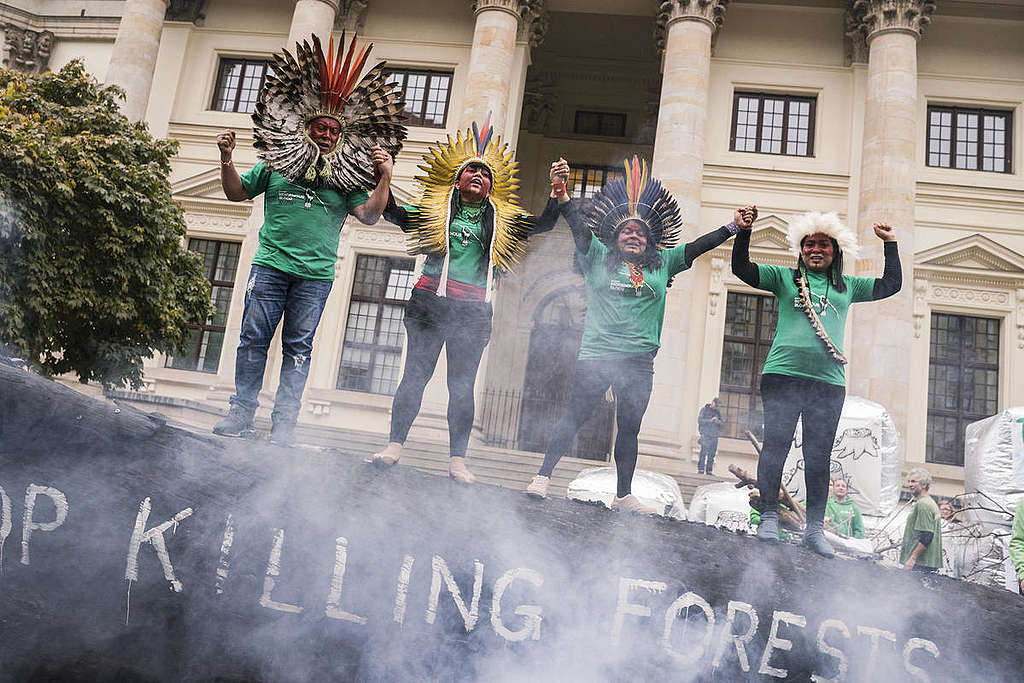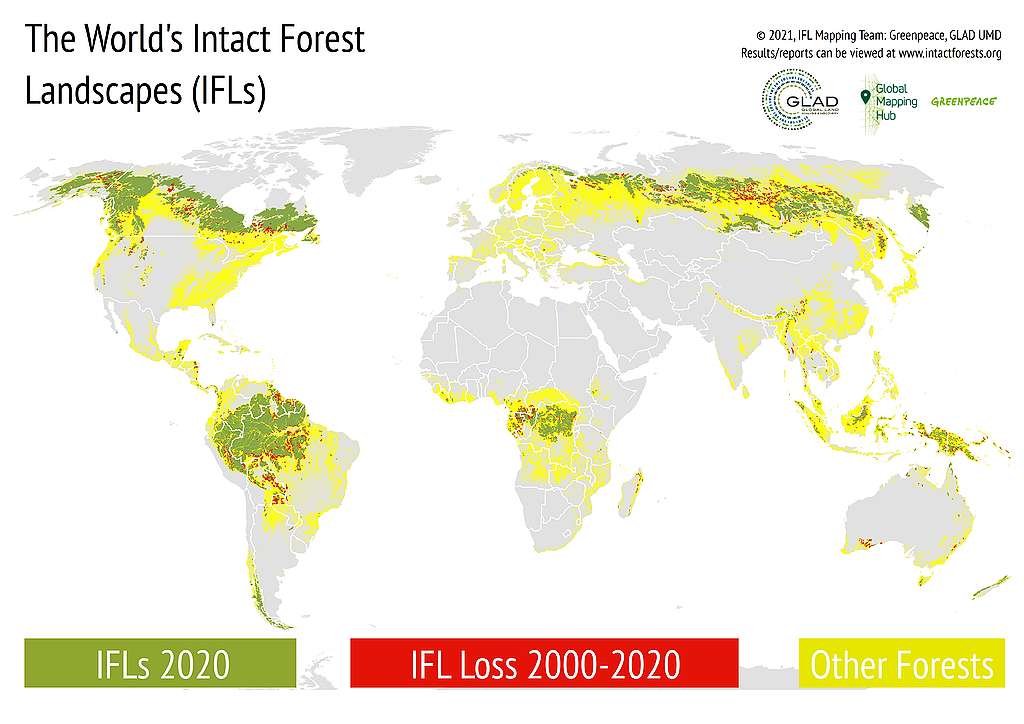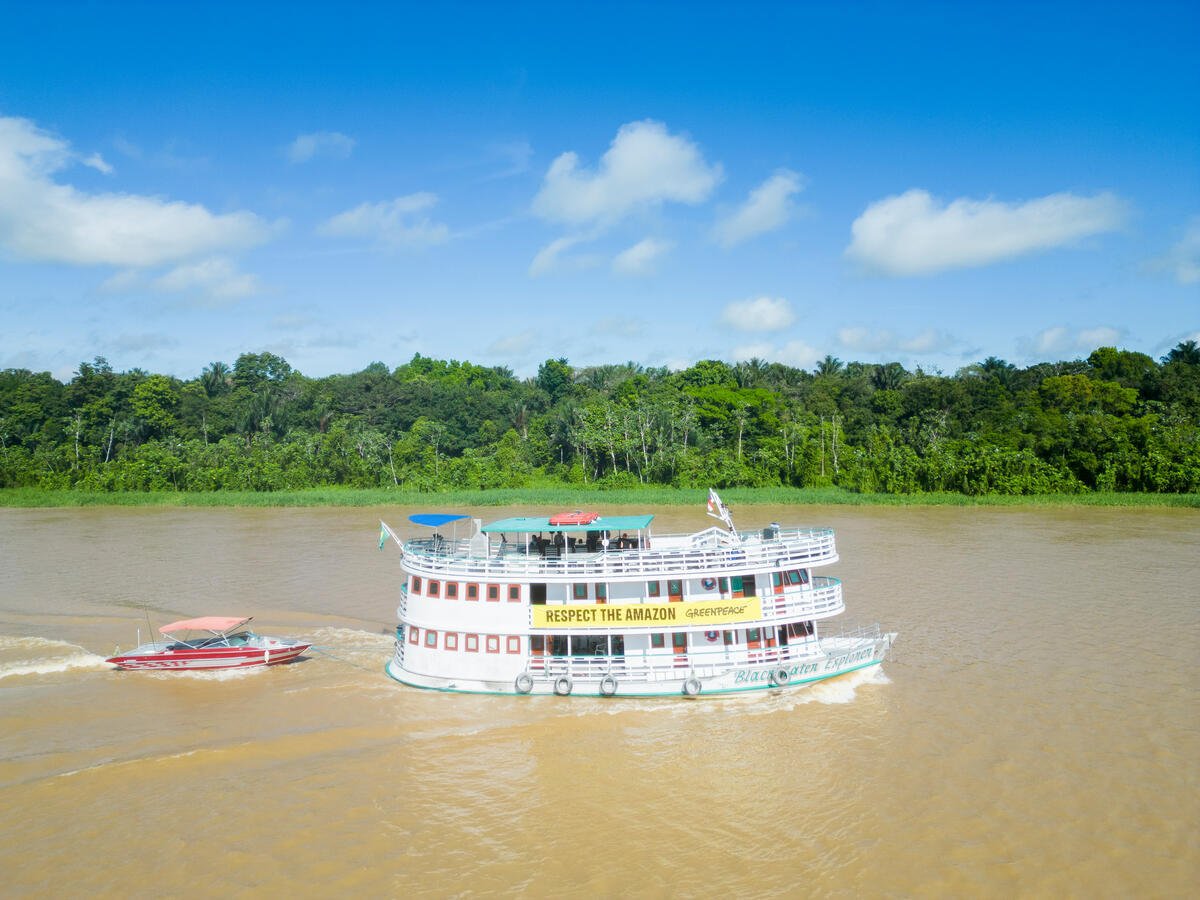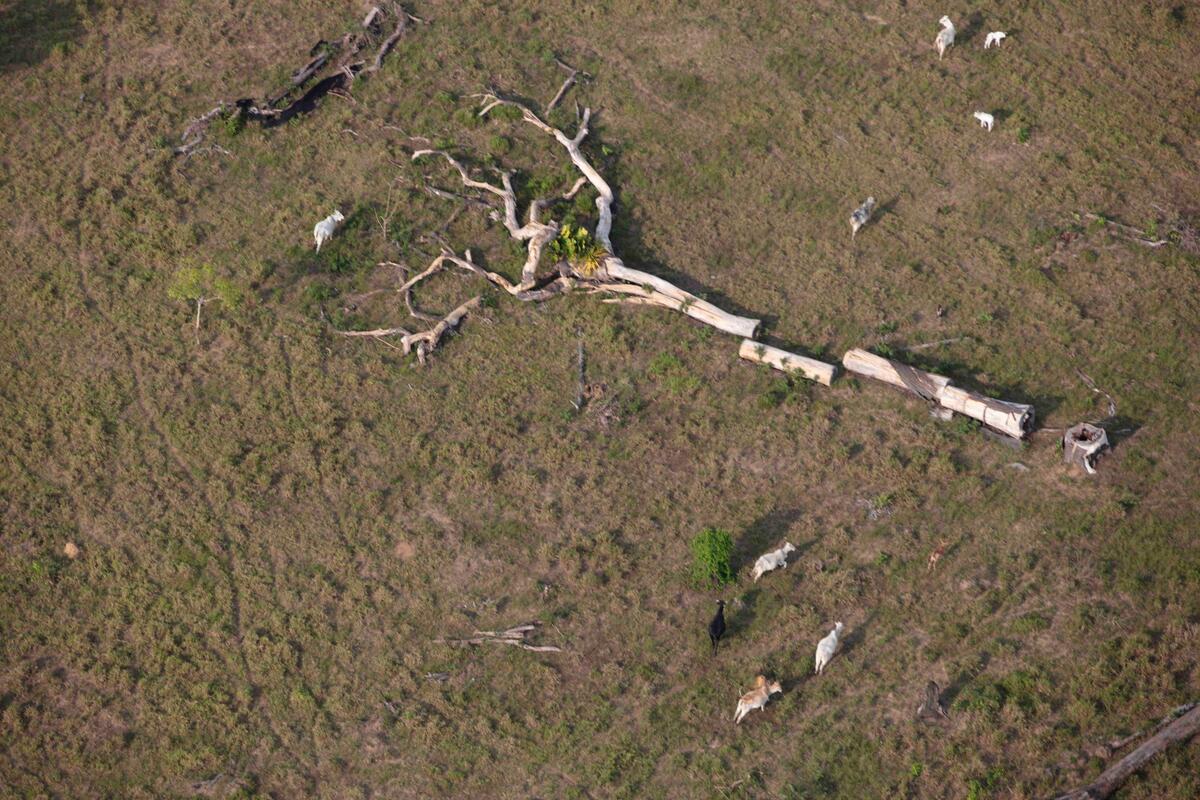
Our generation is the last one that can still save the wild forests of the Earth, which help us cope with the climate crisis and preserve the biodiversity of the planet. A new study by Greenpeace Russia and the University of Maryland has shown that if urgent and effective measures are not taken to preserve wild forests, most of them will disappear in the next 20 years.
Wild forest, or Intact Forest Landscape (IFL) is an unfragmented forest area of more than 50,000 hectares (or 500 km²), which is comparable to the area of Prague or Warsaw. There are no cities, villages or settlements on this land, there are no roads, intensive farming has not been conducted here. This is the standard of wildlife.
The largest areas of intact forests are in the basins of the Amazon and Congo rivers and in the northern wild forests. Canada, Russia, Brazil, Peru and the Democratic Republic of the Congo have 75% of the remaining intact forests. The value of wild forests is unconditional, they have many conservation functions.

Why are wild forests important for the planet and people
Not only are wild forests essential to the survival of many Indigenous People and endangered wildlife around the world, but they also play a critical role in curbing the impact of the climate crisis. Here are some of the main ways that wild forests contribute to a healthy planet:
- these areas are home to forest-dwelling Indigenous cultures which cannot sustain their lifestyle without large unfragmented wilderness tracts;
- help us to cope with the climate crisis because wild forests accumulate significantly more carbon (CO2) than young trees;
- provide habitats for all native species and, due to the absence of roads, inhibit overhunting and poaching;
- protect the environment from floods, landslides and avalanches, and prevent soil erosion.
Reducing their area negatively affects the overall environmental sustainability of the forest area. Nevertheless, every year we lose wild forests faster and faster.
Why and how quickly wild forests disappear
The map of wild forests created by Greenpeace’s mapping experts and the University of Maryland shows that over the past 20 years (2000-2020) we have lost 12% of the wild forests of the world, which is approximately equivalent to three areas of Spain. By 2050 we will lose a third of the forests compared to the beginning of the 21st century.
The direct losses of IFL are compounded by the global climate crisis, which most strongly affects the nature of the northernmost regions, the zones of the northern taiga and forest tundra — Russia, Canada, Alaska. There, the duration of the fire season has already increased by about a month, catastrophic droughts and abnormal summer heat have become more frequent phenomena.
Brazil, where forests are intensively converted to agriculture and fragmented by timber extraction, degraded its remaining IFLs 40% faster during the last 7 years. The main driver of Amazon deforestation is industrial animal farming — the production of meat and dairy products. Much of this land is obtained by land-grabbing and displacement of Indigenous communities.
We also found an increasing trend of wild forest loss in the Democratic Republic of Congo, Indonesia, and in most tropical South American countries (Bolivia, Suriname, Peru, Colombia, and Venezuela). In contrast, Canada and the USA reduced their annual IFL loss rates by 29 and 47%, respectively.
What to do to save intact forest landscapes
The main thing that needs to be done is to completely stop supporting new projects that involve harvesting wood in wild forests, building new processing plants that rely on this wood and to end the industrial production of commodity products such as meat, dairy, soy and palm oil.
New and existing infrastructure development, timber harvesting, and mineral resources extraction should avoid fragmentation and ensure forest areas remain intact.
Indigenous Peoples’ rights must be recognised to support their leadership in preventing industrial degradation of remaining forest wildlands. All around the world, Indigenous Peoples are fighting tirelessly to protect their ancestral land: like the Baka community in the Congo Basin, who are demanding protection of their forests and culture.
To end the destruction of nature, governments must stop putting corporate profits over the well-being of people.



